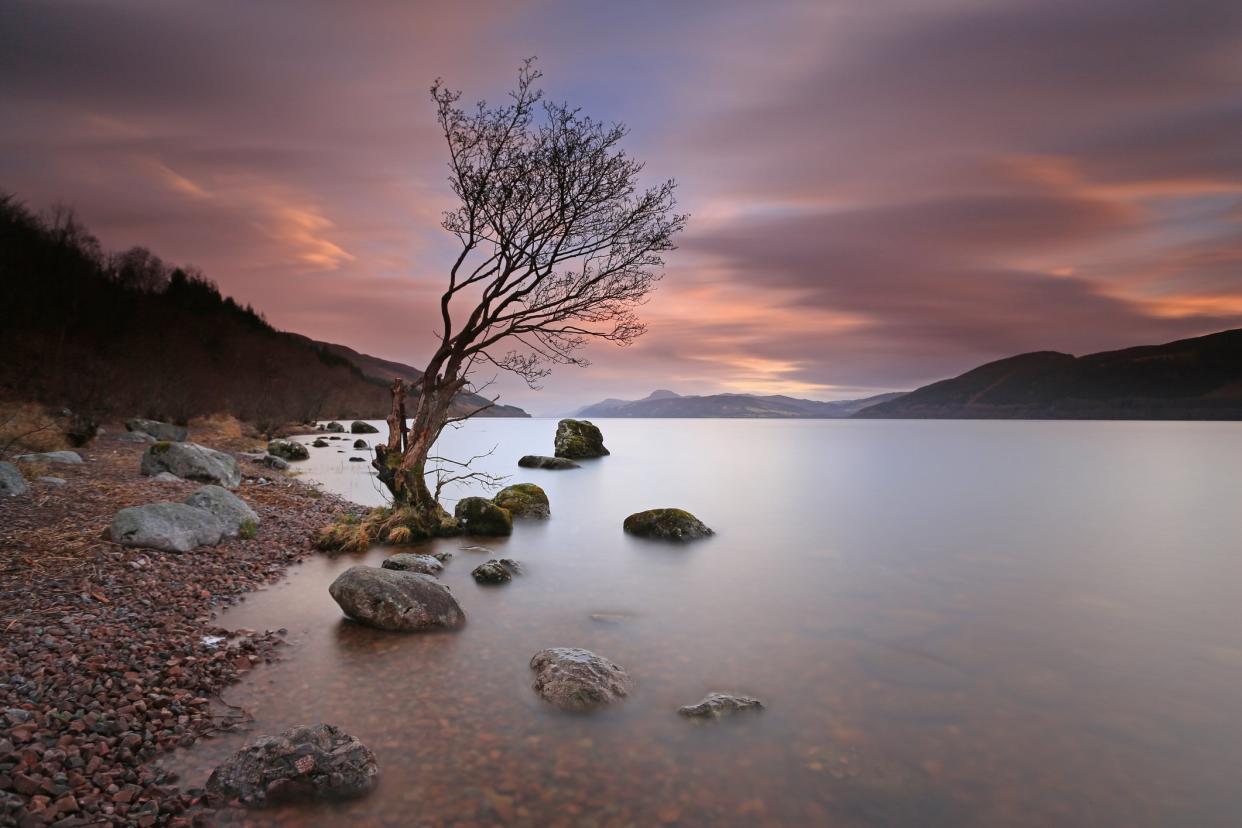DNA Test Exposes New Evidence About The Loch Ness Monster

Is the Loch Ness Monster real? It’s a question we’ve wanted the answer to for years. And every so often, we get an inch closer to discovering the truth about this centuries-old mystery. One professor was so fascinated by the myth that he was determined to expose what secrets were lurking beneath the eerie waters. And to say he made a stunning revelation would be an understatement!
Professor Gemmell
As a geneticist and self-described monster-hunter, Professor Neil Gemmell wanted answers. He’d no doubt heard about the sightings, which actually started hundreds of years ago – back in 656 AD, to be precise. In the first record, a man named St. Columba supposedly prevented the beast from making a vicious attack. And from that moment on, more and more eye-witness accounts of the creature have emerged.

Getting to the bottom
One man named George Spicer reported seeing a dragon-like creature with webbed feet. And in 1933, the Inverness Courier published the terrifying account of a couple named Aldie and John Mackay who’d been driving along Loch Ness in the April of that year. It's enough to send shivers up your spine...

Boiling mass of foam
According to the report, they saw “the creature disport itself rolling and plunging for fully a minute. Its body resembling that of a whale, and the water cascading and churning like a simmering cauldron. Soon, however, it disappeared in a boiling mass of foam.”

Nessie frenzy
After this hit the headlines, local interest in the supposed underwater beast reached a new peak. Tourism in the area increased, and in 1934, a vacationing man was looking out at the loch when he saw something odd. So he grabbed his camera...

Surgeon's photograph
The ensuing picture, known as the “surgeon’s photograph,” captured a blurry, long-necked creature peeking out of the water. Suddenly, Nessie’s long neck and bumpy back was famous worldwide. This became the definitive Nessie sighting — but it also sparked years of controversy.

Hoax exposed
The scientific community has always resisted the existence of the Loch Ness Monster due to a lack of evidence, and it wasn’t long after the surgeon’s photo was published that it was exposed as a hoax. Obviously, this was a huge blow to enthusiasts everywhere.

Looking for proof
You see, back then, photographic evidence was really the only surefire way to provide proof that something had happened. All believers had to go on were local tales and childish drawings. Thankfully, times have changed, and Professor Gemmell was able to use DNA to get closer to finding the truth.

Water samples
Leading a team from New Zealand’s University of Otago, Gemmell took water samples from three different depths of the lake. Each sample contained DNA that Neil hoped would shed some light on the murky mystery — DNA that was comprised of seemingly normal materials.

Scientific analysis
Gemmell’s team sent the DNA samples, which reportedly contained skin, scales, feathers, fur, and fecal matter, to labs in Australia, New Zealand, Denmark, and France. The professor’s investigation couldn’t have come at a better time, as the number of Nessie sightings was higher than it had been for years.

Internet interest
“Sightings are now at a level that were being recorded in the 1990s,” said Gary Campbell, recorder of the official Loch Ness Monster Sightings Register. “The internet has meant that Loch has never been more watched — and from anywhere in the world.”

Tourism boom
The Scottish economy rakes in millions a year thanks to Nessie – with so many people intent on uncovering the loch’s secrets themselves. In 2021 alone, for instance, there have already been eleven people claiming to have seen the Loch Ness Monster with their own eyes.

Something for sure
In June 2021, one man reported seeing “a hump come up going against the waves, looking like a turtle's back, black in colour with a green tinge to it.” And the sightings have even been known to convert non-believers. Richard Cobb’s comment from 2019 said, “I never believed in Nessie, but now I’m not so sure. What I saw was just weird. There was something in there for sure.”

Underwater movement
And in June of that year, a boat skipper logged a large creature on his sonar close to one of Nessie’s “favorite lairs.” It was a 25-foot long object — definitely not your average fish. “It was exceptionally big. I would like to think it was Nessie,” he said.

False calls
Hundreds of Nessie sightings have been debunked as otters, swans, and floating debris. And while Gemmell hoped that the results from his investigation will be undeniable, he knows how staunchly some people believe in even the most outlandish of theories…

Big fish?
Some people think that Nessie is really just an enormous catfish or eel, while others believe it to be a large Greenland Shark. One of the more eccentric beliefs is that the “monster” is a slightly evolved plesiosaur that somehow avoided extinction.

Storming the loch
One thing’s for sure, though: fans of the mystery are craving answers. On Facebook, 18,000 people signed up to “storm” Loch Ness in September 2019. They hoped enough people in Loch Ness will get the creature to resurface so they can, as the group puts it, “find dat big boi.”

Staying rational
It doesn’t look like this event has gone ahead just yet – perhaps, in part, as a result of Gemmell’s enlightening findings. Before the start of the study, Gemmell told The Guardian, “While the prospect of looking for evidence of the Loch Ness monster is the hook to this project, there is an extraordinary amount of new knowledge that we will gain from the work about organisms that inhabit Loch Ness.” And he had “no doubt” that his team would learn something new about the freshwater lake.

A new species
More specifically, Gemmell believed that he and his research team would uncover new species – particularly clusters of Loch Ness-based bacteria. And although a seemingly small discovery, this information would show how invasive newer species have proven to be for the loch. But, as we know, it wouldn’t necessarily be the biggest draw to the outside world.
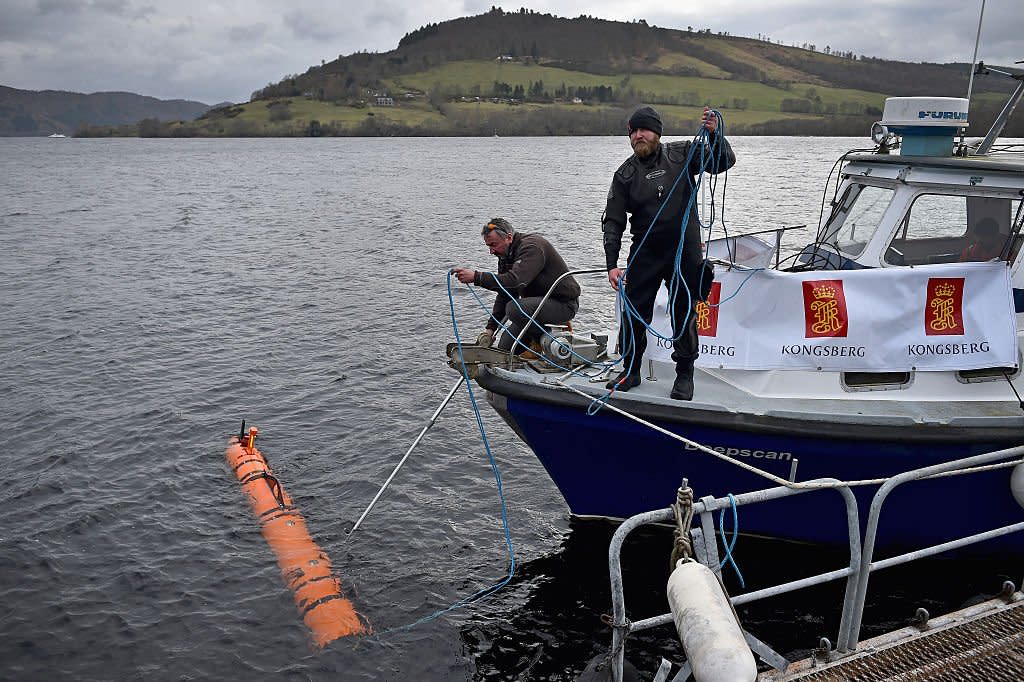
The real mystery
Because, of course, there was also the potential for solving the mystery of the Loch Ness Monster. That wasn’t Gemmell’s purpose in performing his research, but – by the time his study concluded – he did have his own theory as to which species the creature truly belonged to. And he shared this in September 2019.
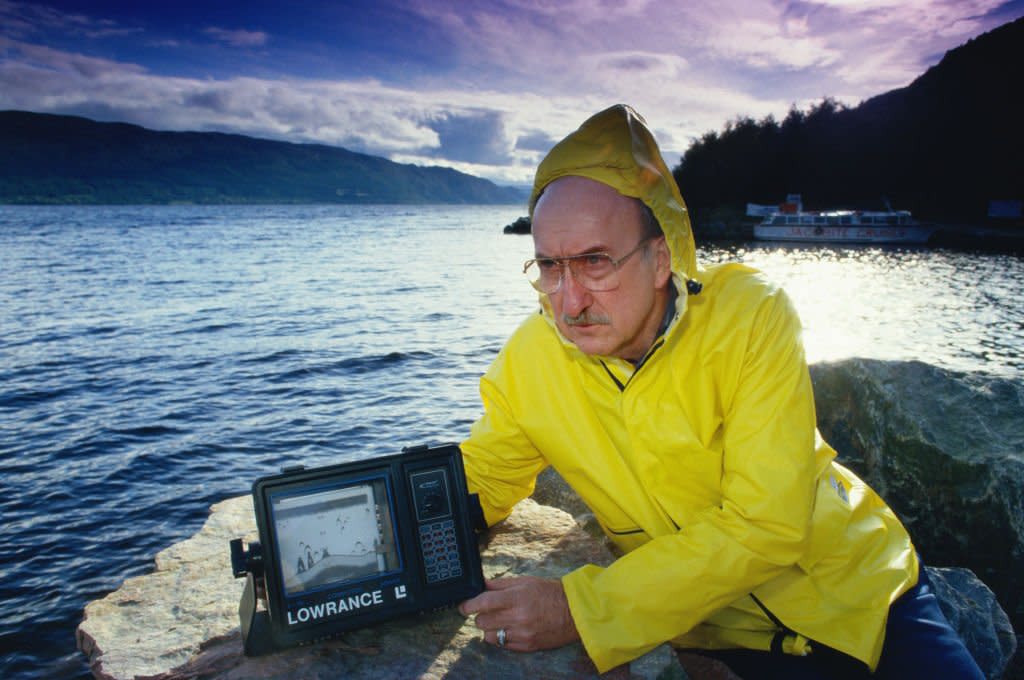
Gemmell’s theory
By that time, Gemmell and his team had completed their monumental research. Firstly, they visited Loch Ness for two weeks and gathered the numerous water samples that they needed. Then they analyzed the liquid to discern the genetic material contained within. Yet some of their subsequent findings didn’t shock anyone, as most of the Loch Ness ecosystem is comprised of small creatures.
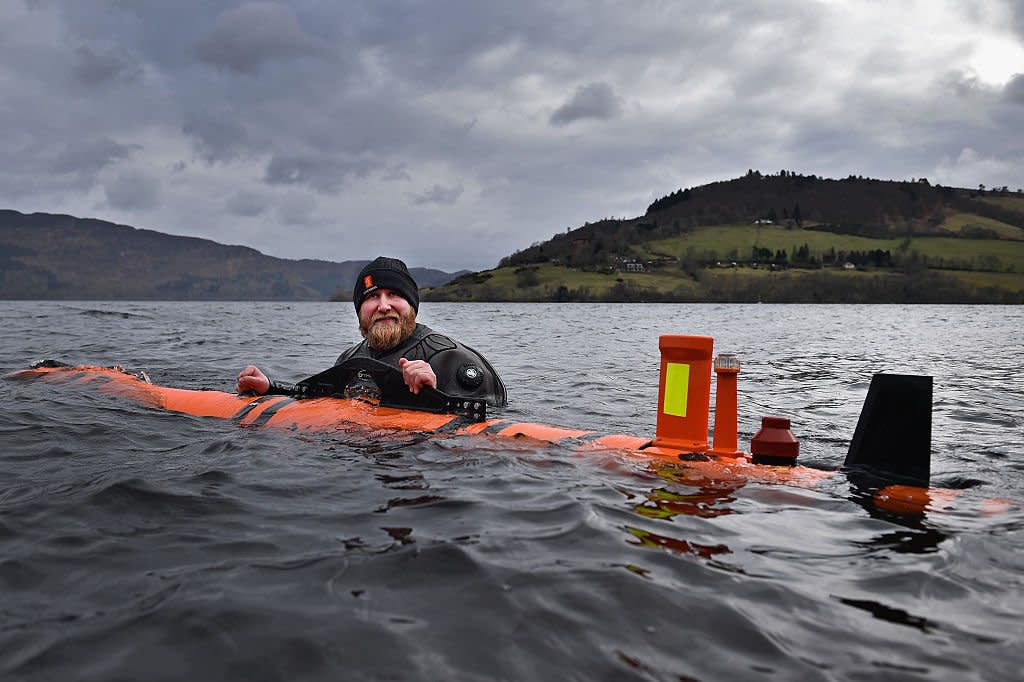
No signs yet
Gemmell and his team also found DNA from humans, pigs, sticklebacks, and deer. Yet what they didn’t find was evidence of any monster – at least, not in the way Nessie had been described in the past. So it seemed that the monster was not a seal or an elephant or a catfish.

Giant eel?
Instead, Gemmell and his researchers came up with a new explanation that they could back up with DNA evidence. Yes, the team claimed that those who’d supposedly seen a monster in the past could’ve actually seen a giant eel. This species had left its traces in the water’s genetic material, you see.
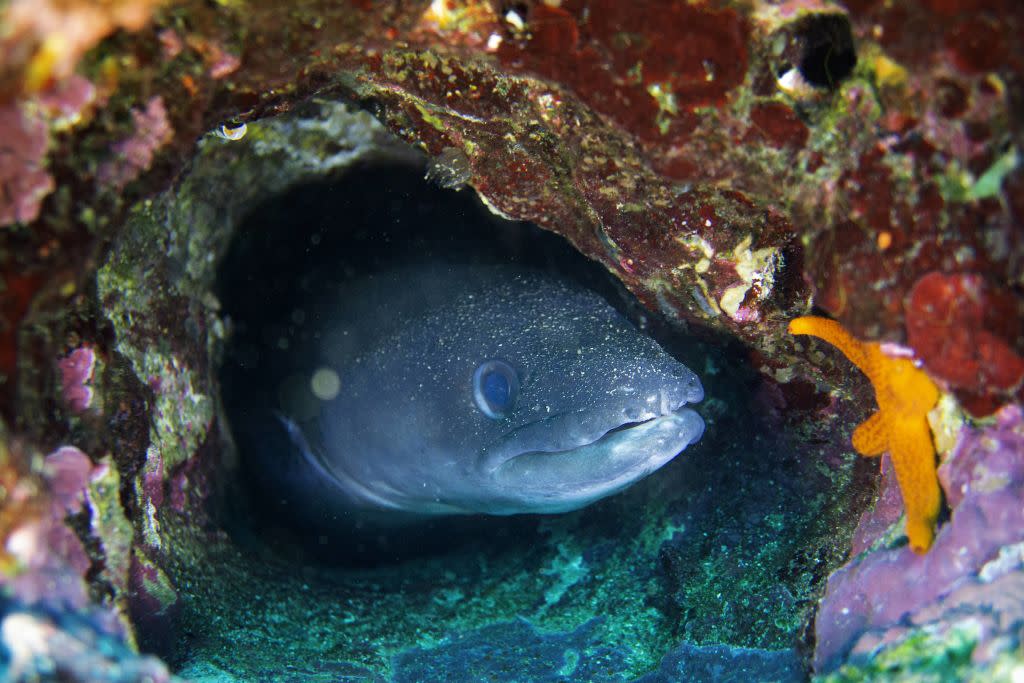
How large is large?
During a 2019 press conference at the Loch Ness Centre, Gemmell explained to reporters, “It is possible there are very large eels, but it depends how big you think ‘large’ is.” So his speculative theory provides another possible explanation for sightings of the monster since 1933. But he emphasized that no giant eels had ever been caught and that the record weight for an eel caught in Europe currently stands at around 12 pounds.
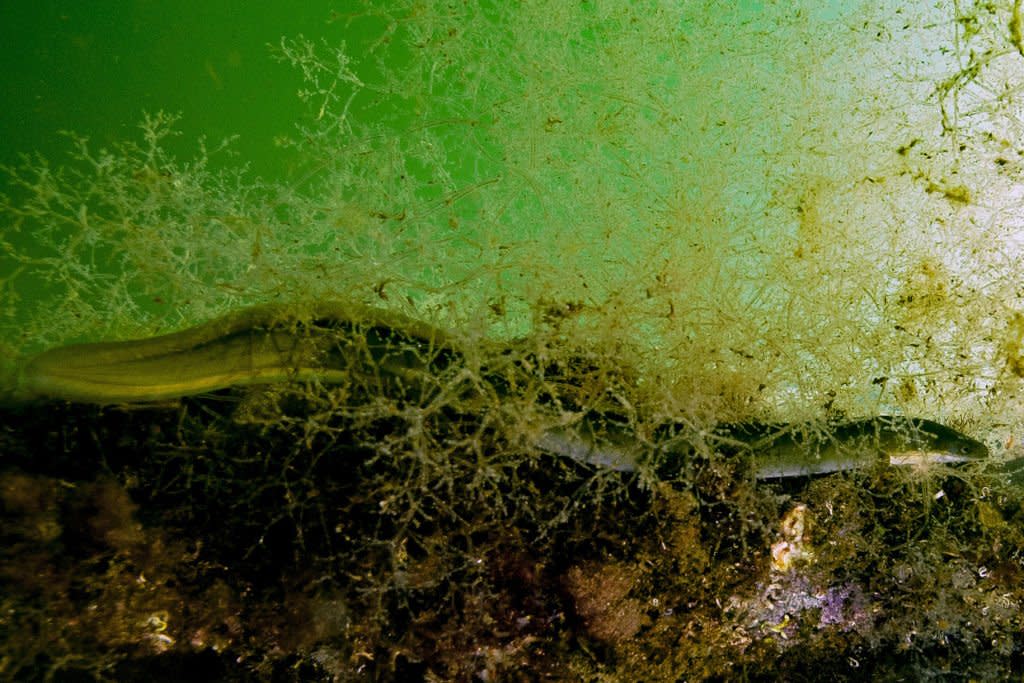
Growth over reproduction
Seriously speaking, Gemmell elaborated on the theory of the eels and how they could potentially grow to such a size. He explained, “The notion is that these eels would normally migrate to reproduce, but they, for whatever reason, don’t. And they continue to grow to a very large size, forgoing reproduction for growth.”
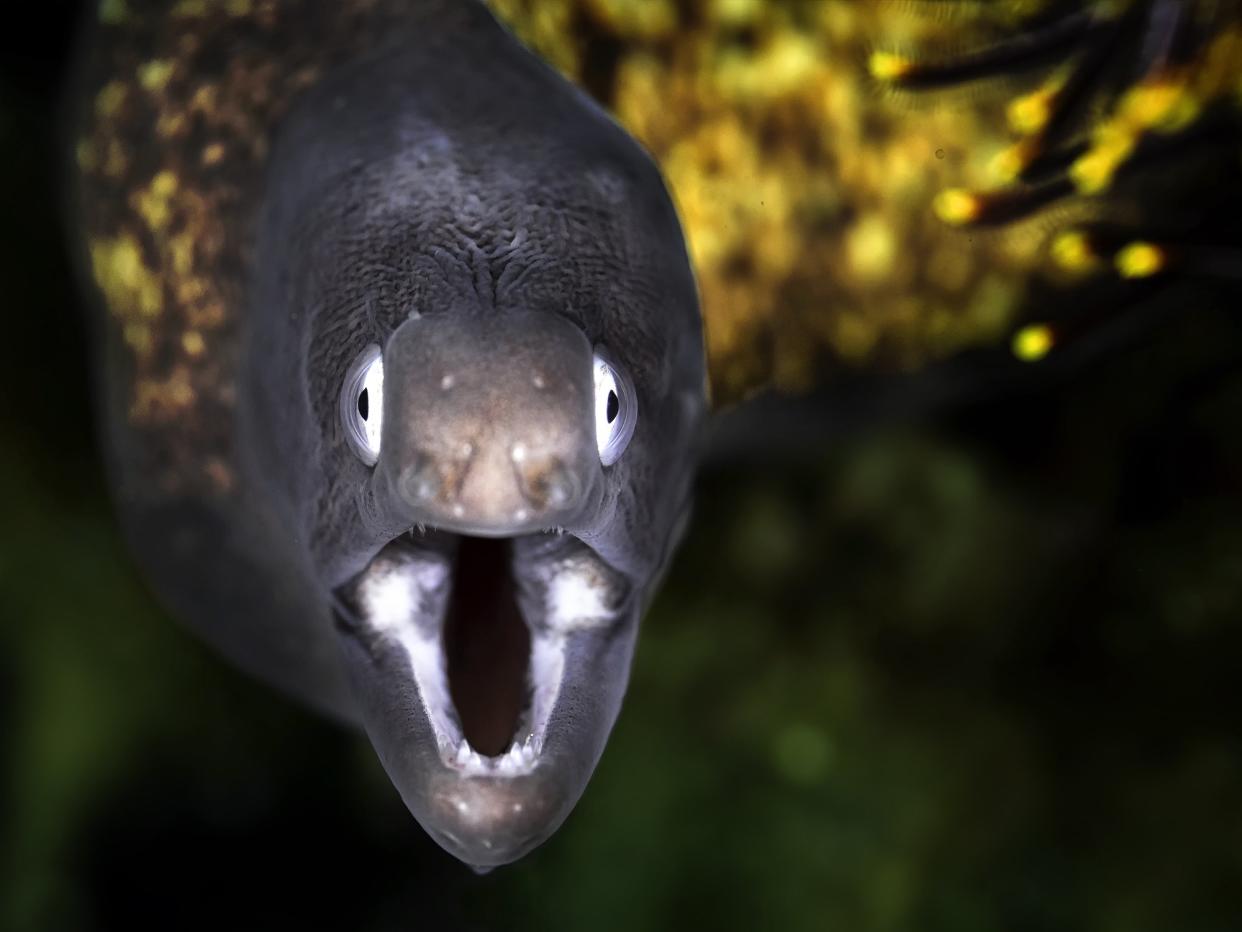
Lots of eel DNA
Interestingly, though, Gemmell and his team found a high quantity of eel DNA in the waters of Loch Ness. And the study author joked about the source of that much genetic material. He said, “We don’t know if the eel DNA we are detecting is from a gigantic eel or just many small eels.”
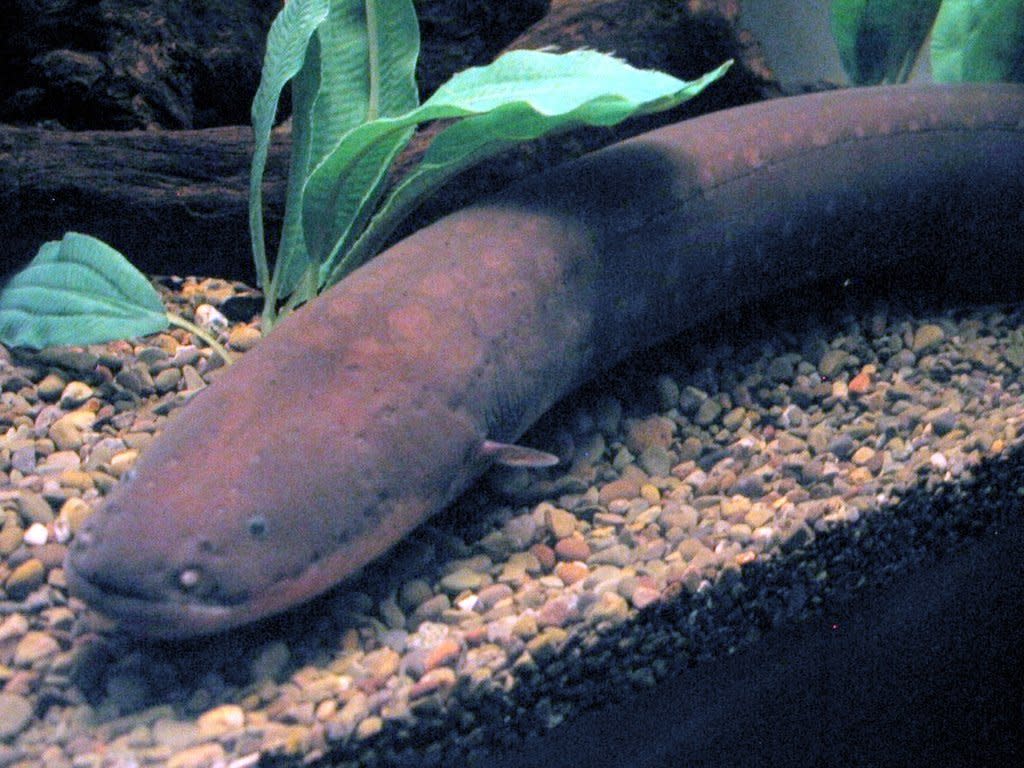
No dinosaurs
Crucially, the scientist’s research could rule out some of the other long-standing theories about the Loch Ness Monster. Gemmell could definitively rule out the dinosaur theory, for one. The study leader explained, “Is there a plesiosaur in Loch Ness? No. There is absolutely no evidence of any reptilian sequences. So I think we can be fairly sure that there is probably not a giant scaly reptile swimming around in Loch Ness.”
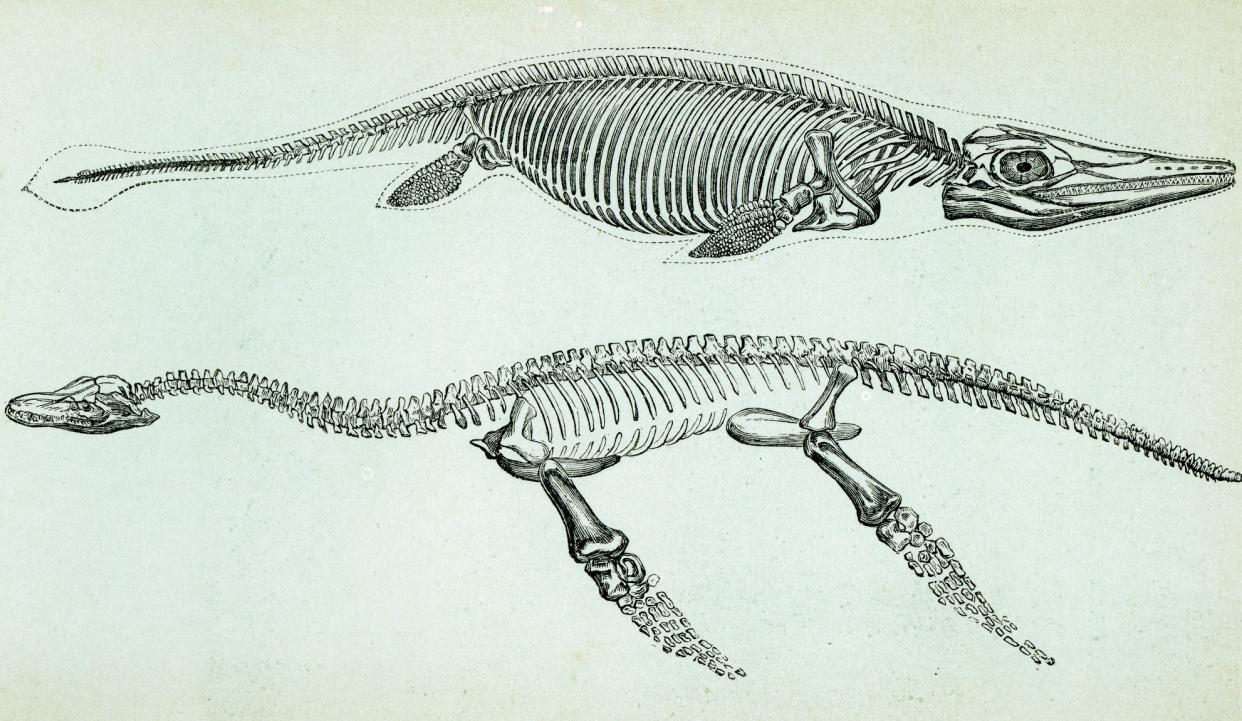
Not all good news
But Gemmell did admit that the study had a few shortcomings. You see, the DNA testing had failed to detect seals or otters, both of which live in Loch Ness. In other areas, though, the results came back with stunning clarity. Gemmell said, “We may have missed things. But we found all the species we know are residents in Loch Ness in respect to fish.”
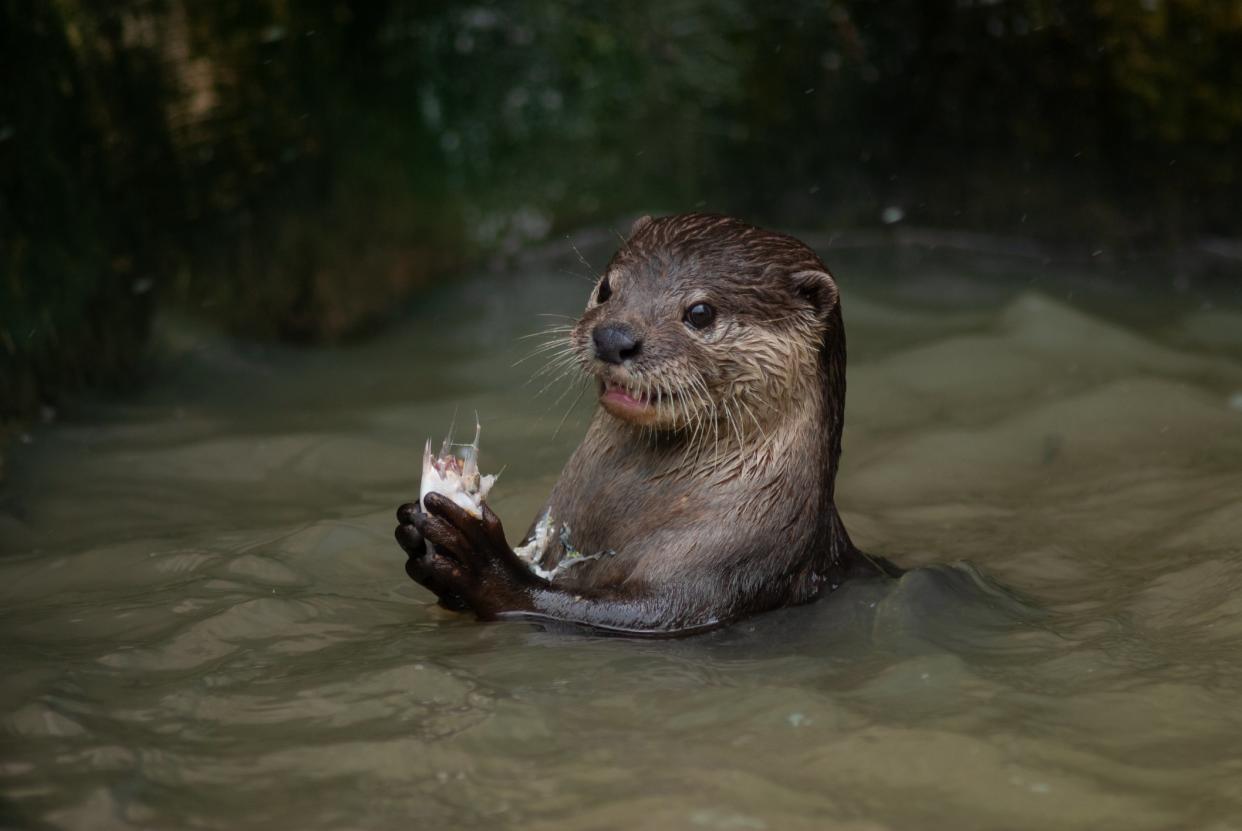
“Can't prove a negative”
Yet the University of Otago geneticist pointed out how, in some respects, his search for the monster had ended like the others. He said, “More and more studies providing more and more negative evidence cast more and more doubt on the possibility, but we can’t prove a negative.”
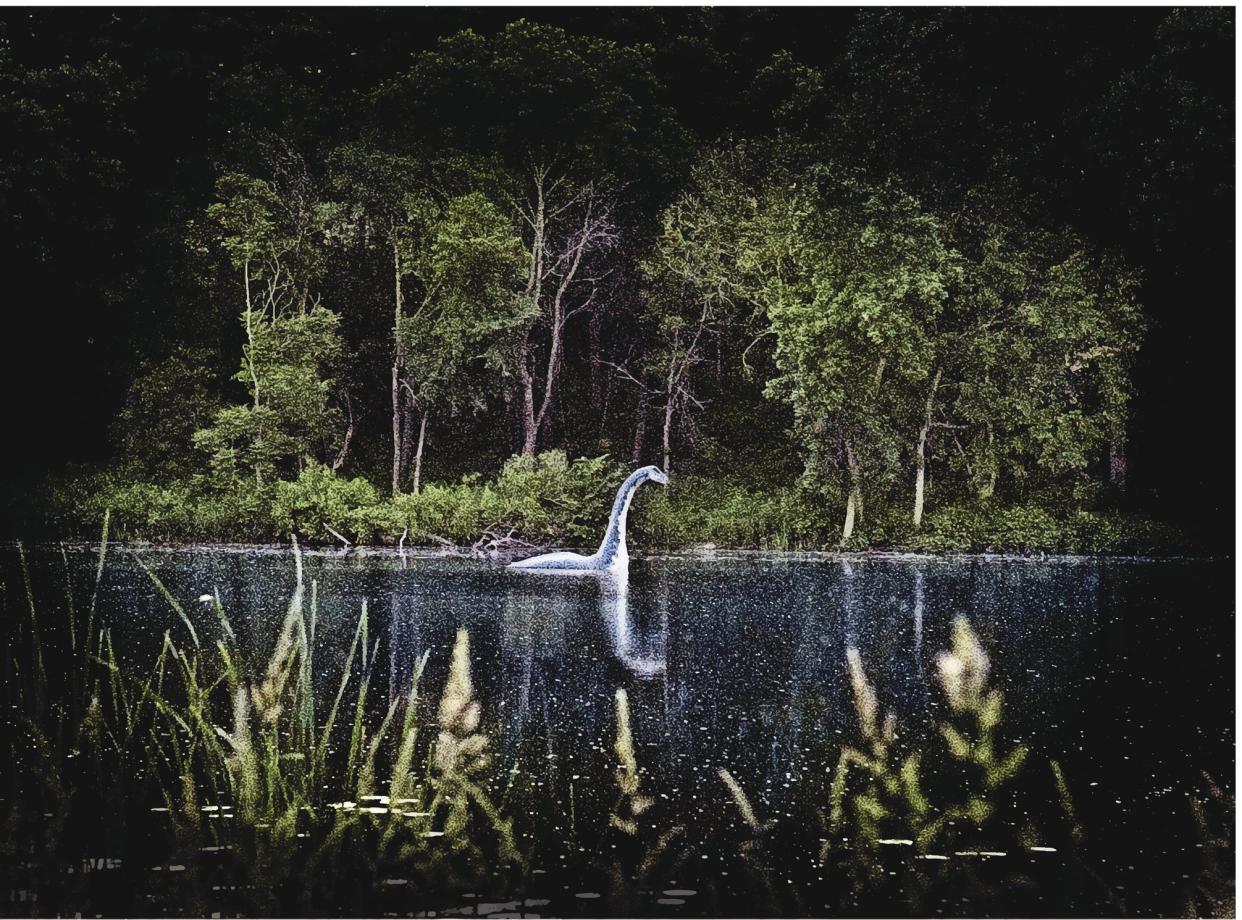
Still not sure
But Gemmell brushed off the notion that his DNA tests had effectively ended the search for Nessie. Instead, he countered, “There’s still some level of uncertainty there, so there is still the opportunity for people to believe in monsters. Is it front-page news? I don’t know. But we’ve captured some imaginations.”
